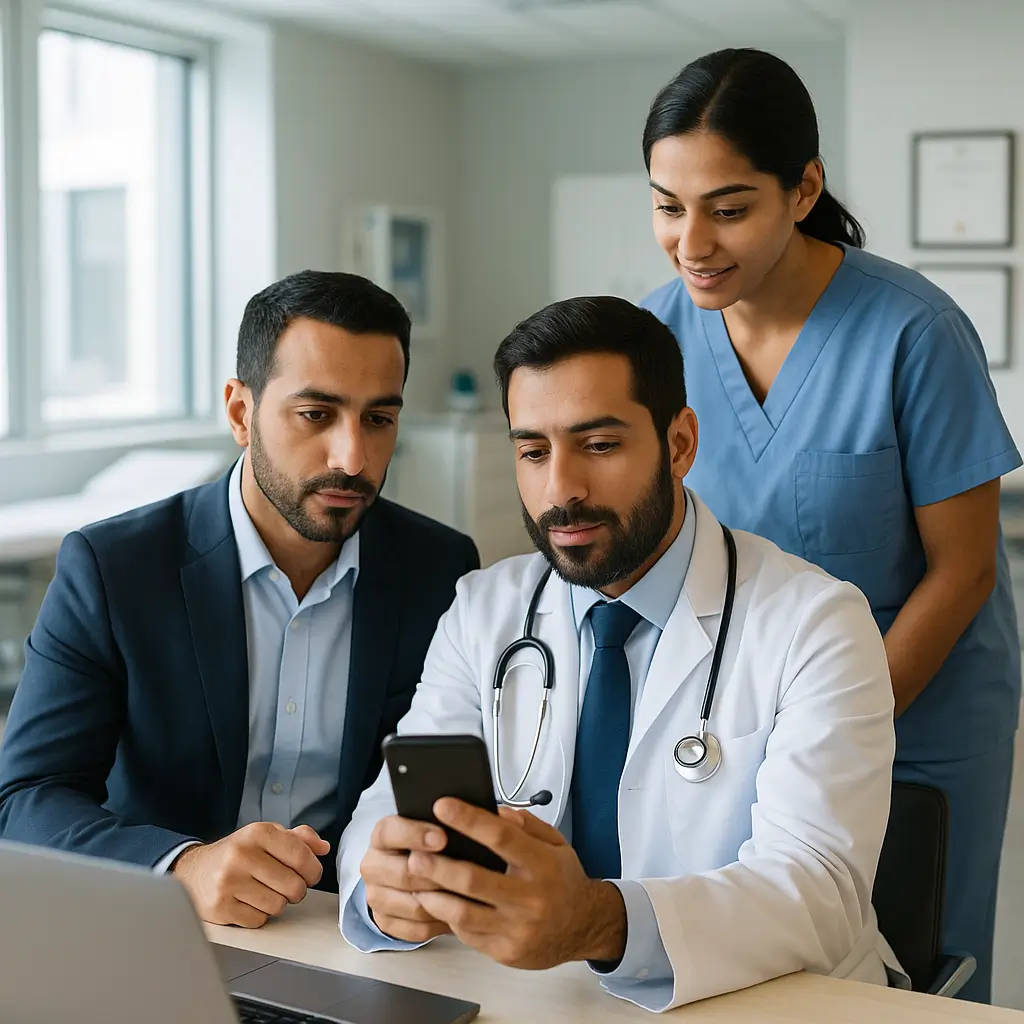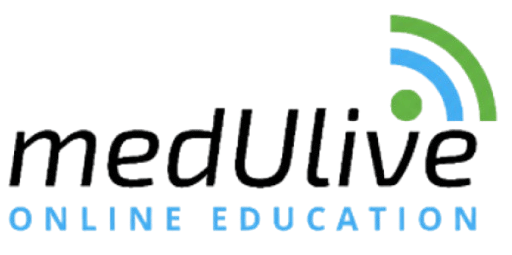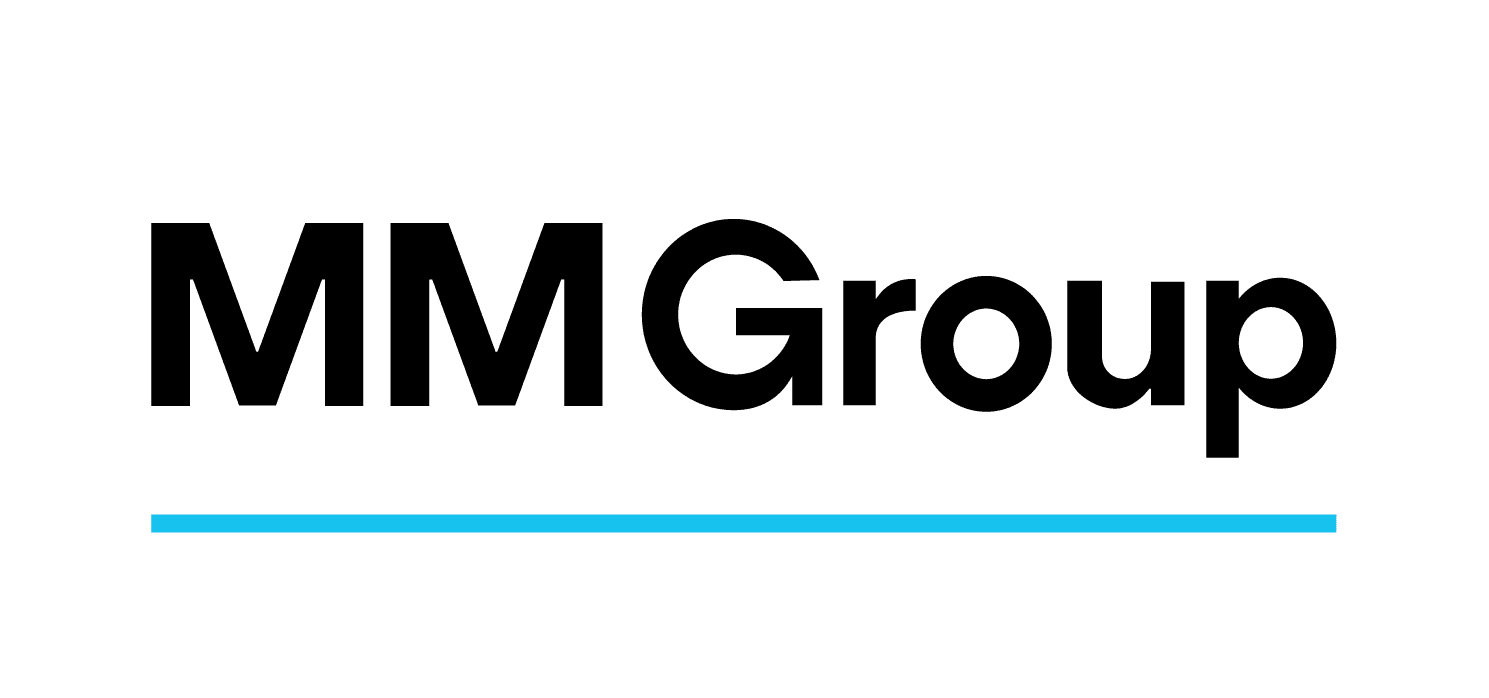Back to Blog
Uncategorized
Featured
Microlearning for Busy HCPs: Revolutionizing CME Delivery
Discover how microlearning transforms CME delivery for time-constrained healthcare professionals through bite-sized learning modules.

Microlearning for Busy HCPs: Revolutionizing CME Delivery
Microlearning is transforming the landscape of continuing medical education (CME) for time-constrained healthcare professionals. By offering bite-sized learning modules and flexible access formats, this innovative approach addresses the pressing demands of modern healthcare education.
The Time Challenge in Healthcare Education
Healthcare professionals are increasingly burdened by time constraints, all while striving to meet their continuing medical education requirements. Microlearning effectively tackles this challenge by providing efficient and focused learning experiences that can fit seamlessly into their busy schedules.
Microlearning Design Principles
Optimal Content Segmentation
To enhance learning retention, microlearning modules are typically designed to last around five minutes. Each module focuses on a single learning objective, enabling healthcare professionals to grasp concepts quickly and efficiently. The content is delivered just-in-time, allowing for immediate application in clinical settings. Over time, these modules progressively build upon complex concepts, fostering deeper understanding.
Multi-Format Delivery
Microlearning leverages various formats to engage learners effectively. Video-based learning caters to both visual and auditory preferences, while interactive simulations allow for hands-on skill development. Quick assessments serve to verify knowledge, and mobile-optimized content ensures that healthcare professionals can access learning materials anytime, anywhere.
Implementation Strategies
Clinical Workflow Integration
Integrating microlearning into clinical workflows can make a significant difference for busy healthcare professionals. Brief learning sessions can be incorporated into break times during clinical pauses, and passive learning content can be accessed during commutes. Point-of-care access allows for immediate knowledge retrieval, and lunch-hour education can incorporate social learning elements to enhance collaboration among peers.
Personalization and Adaptation
To maximize effectiveness, microlearning platforms should offer customization based on individual specialties and interests. Progress tracking features enable professionals to monitor their achievements, while difficulty adjustments can be made according to performance levels. Additionally, accommodating different learning styles ensures that each healthcare professional receives a tailored educational experience.
Technology Platform Features
Mobile-First Design
A mobile-first design is essential for ensuring that healthcare professionals can access learning materials conveniently. Optimizing content for smartphones as the primary access device helps facilitate engagement, while offline capabilities support learning in areas with unreliable internet. Synchronization across multiple devices and quick loading times enhance accessibility, catering to the time-sensitive nature of healthcare work.
Engagement Enhancement
To boost motivation and retention, microlearning platforms often incorporate gamification elements, which transform learning into an engaging experience. Social learning features promote peer interaction, while achievement tracking provides a visual representation of progress. Regular reminders and notifications can help establish a consistent learning routine.
Specialty-Specific Applications
Emergency Medicine
In emergency medicine, microlearning can deliver protocol updates in easily digestible segments, present case-based scenarios for critical decision-making, and provide drug dosage refreshers that include safety reminders. Additionally, updates on rarely performed procedures can help professionals stay current with essential skills.
Primary Care
For primary care providers, microlearning can facilitate the dissemination of guideline updates for common conditions, offer preventive care reminders for patient counseling, and review diagnostic criteria to ensure accurate assessments. Treatment protocols based on the latest evidence can also be integrated into learning modules.
Specialty Medicine
Microlearning can summarize the latest research in key points for specialists, refine techniques for specialized procedures, update professionals on new technologies for equipment and tools, and share best practices for interdisciplinary coordination.
Learning Effectiveness Measurement
Engagement Analytics
To assess the effectiveness of microlearning, various engagement analytics can be employed. These include measuring completion rates for different content types, tracking time spent on each learning module, and analyzing return frequency to gauge content value. Sharing behavior among peers can also provide insights into the relevance of the material.
Knowledge Assessment
Evaluating knowledge retention is crucial for determining the impact of microlearning. Pre-and post-learning testing can measure knowledge gain, while retention testing can assess long-term memory. Additionally, measuring application success in clinical practice and comparing peer performance can serve as valuable benchmarks.
Microlearning is revolutionizing healthcare education by accommodating the time constraints faced by busy professionals while maintaining high standards of educational quality and effectiveness. Through focused and accessible learning experiences, healthcare providers can enhance their knowledge and skills to better serve their patients.






.jpg)